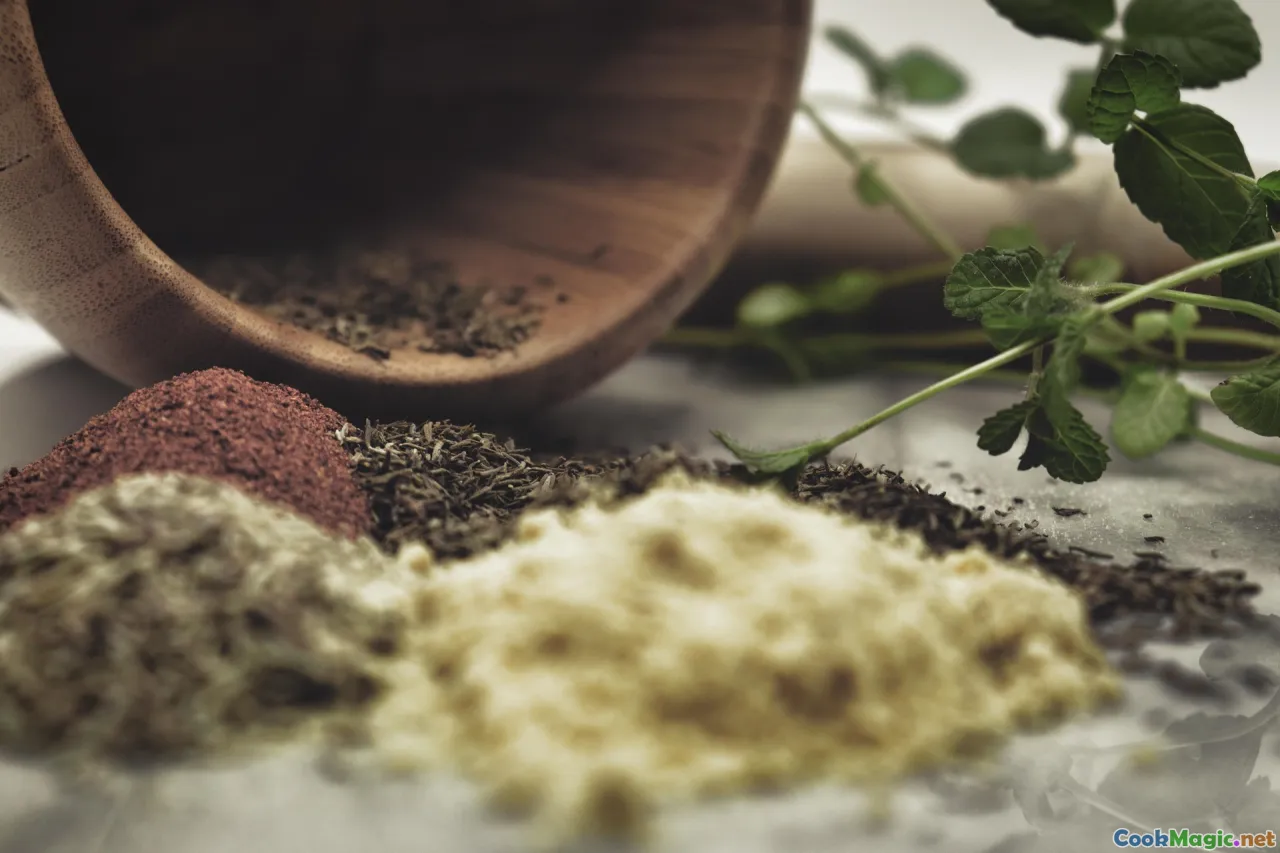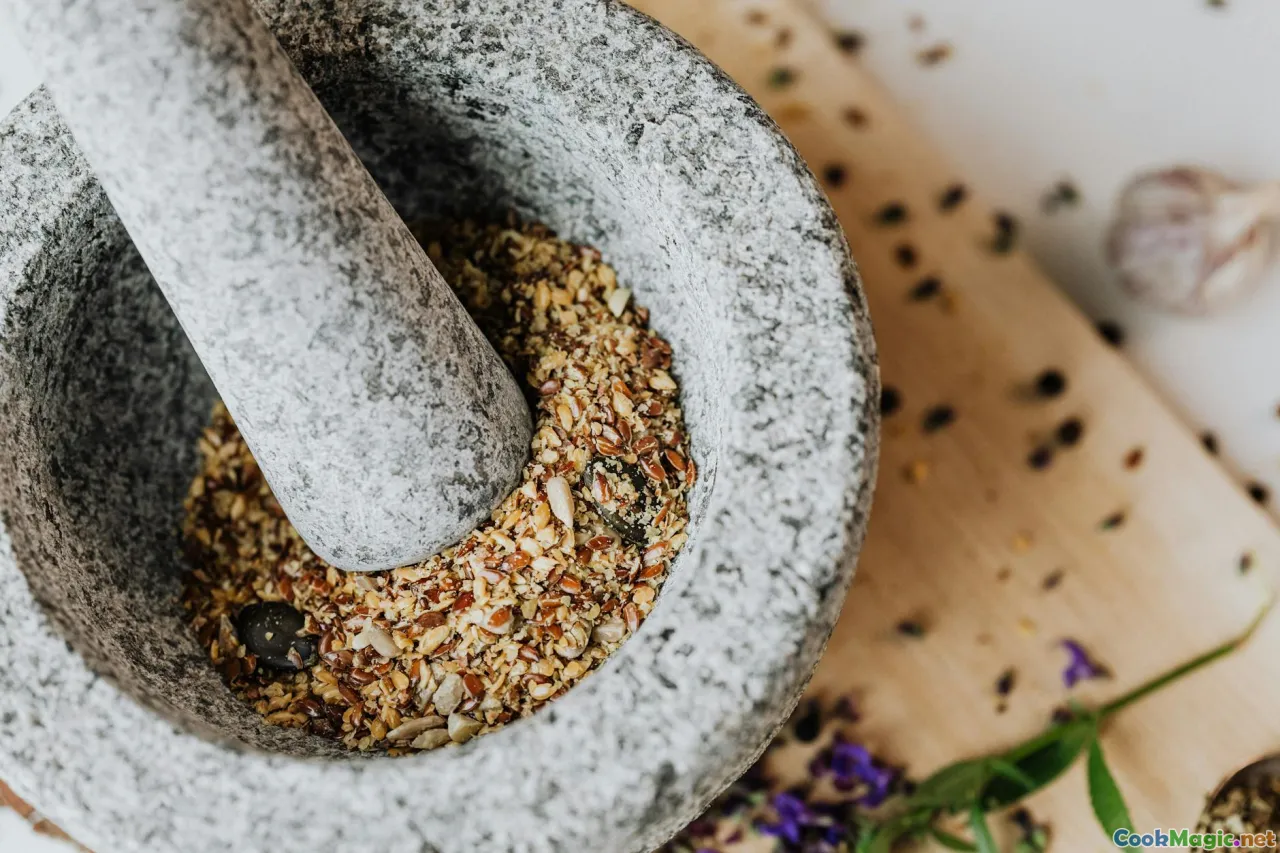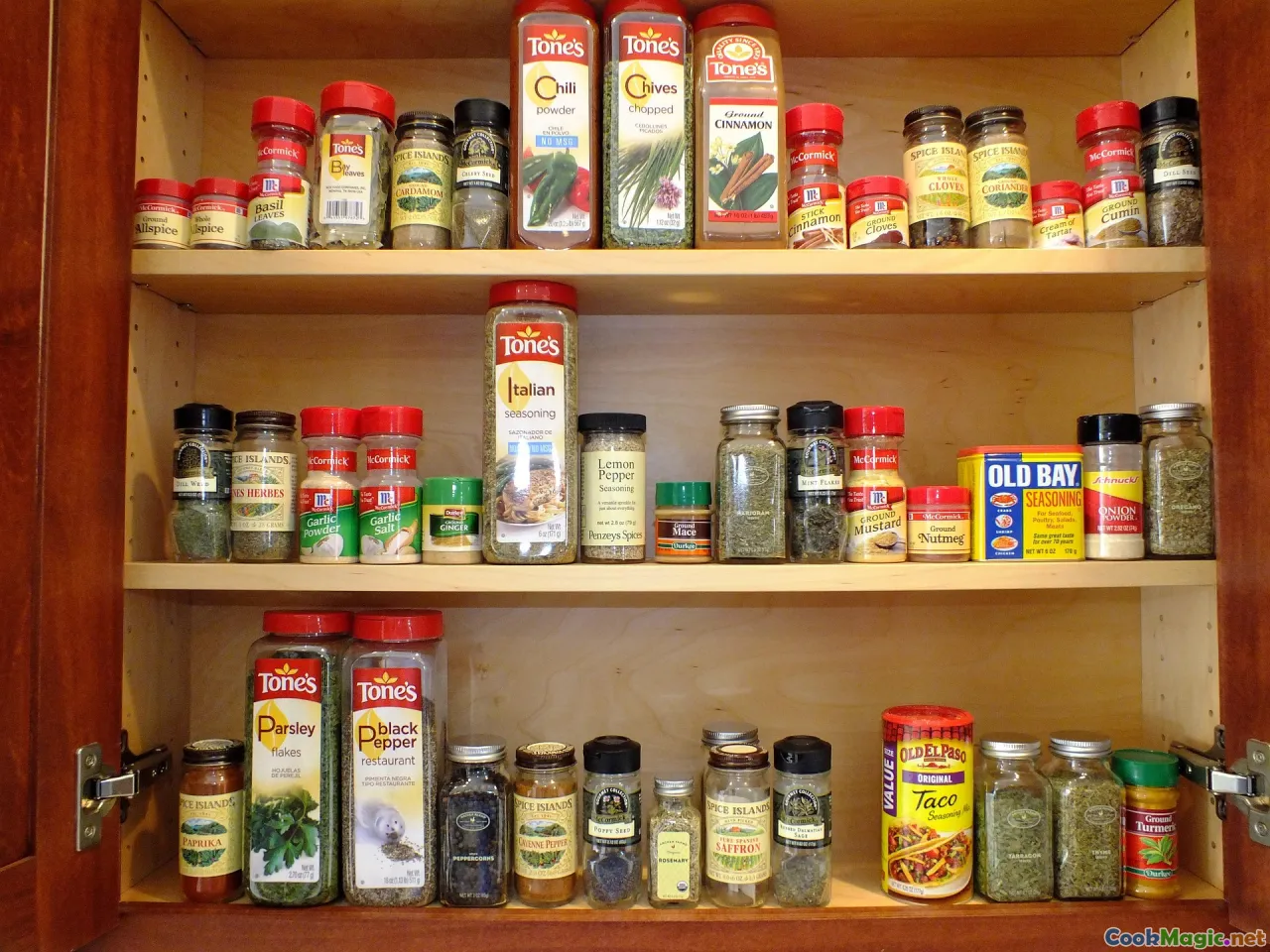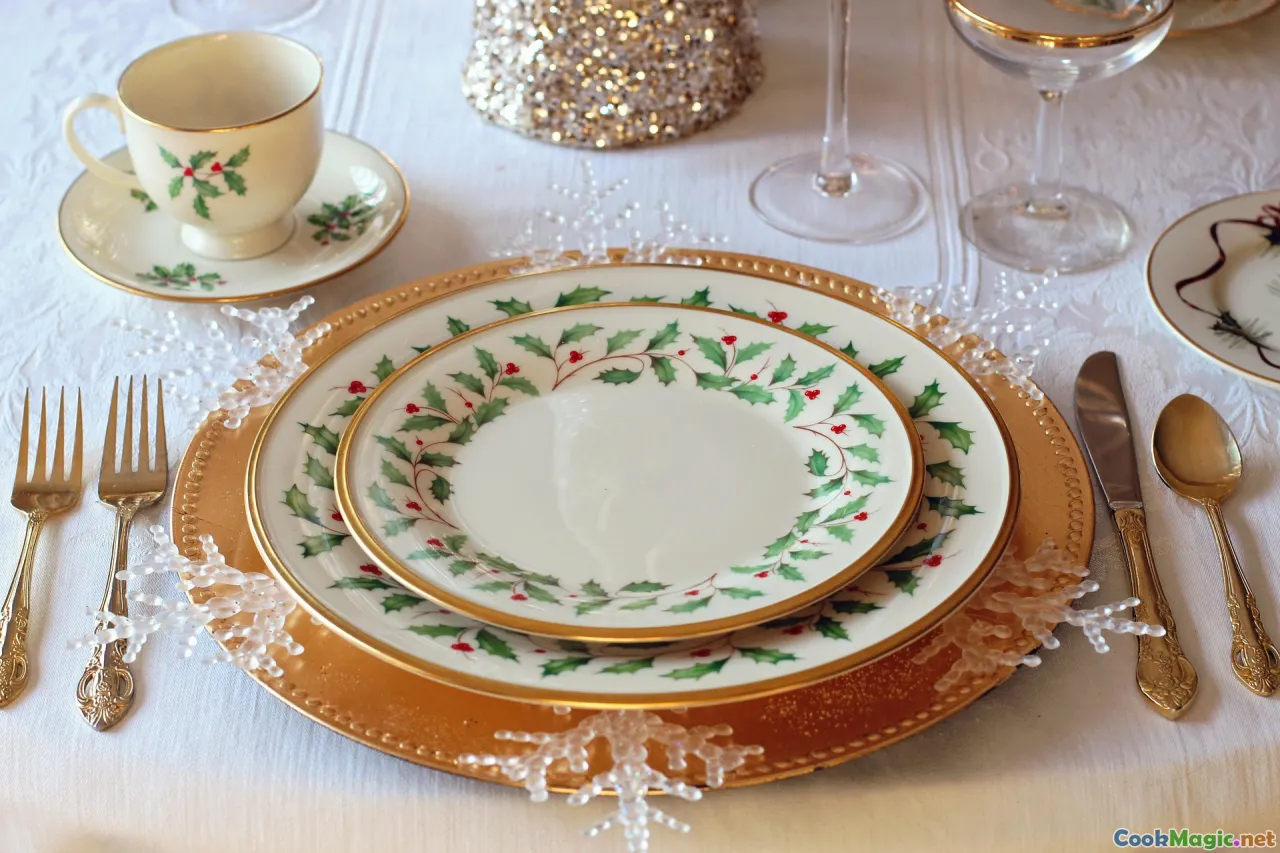Selecting and Blending the Right Paprika for Hungarian Cooking
11 min read Discover how to select and blend authentic Hungarian paprika to elevate your traditional dishes with rich flavor and vibrant color. September 04, 2025 15:05
Selecting and Blending the Right Paprika for Hungarian Cooking
Few ingredients evoke the soul of Hungarian cuisine quite like paprika. Its vibrant red hue, complex aroma, and nuanced flavors are the heartbeat of quintessential dishes such as gulyás, lángos, and paprikash. To truly master Hungarian cooking, understanding how to select and blend different types of paprika is essential—not only for authenticity but also for layering depth and character into your culinary creations.
Distinctive, aromatic, and transformative, paprika has traveled a long journey from the ancient spice routes to local kitchens across Hungary. Its story is woven tightly with Hungary’s history, landscape, and cultural identity. In this exploration, I’ll guide you through the art of choosing the right paprika varieties, blending techniques, and the subtle dance that turns a simple dish into a Hungarian masterpiece.
The Cultural Significance of Paprika in Hungary

Paprika was introduced to Hungary in the 16th century, likely brought from the Ottoman Empire or via trade routes connecting Asia with Europe. Initially, it was considered a mere ornamental spice until Hungarian cooks, especially in the Great Plain—Alföld—discovered its flavor-enhancing potential.
Today, paprika is more than a seasoning; it symbolizes Hungarian hospitality, artistry, and resilience. Streets bustle in autumn festivals showcasing paprika decorations, and family recipes tradition pass down the nuances of each variety. For Hungarians, the ripple of red in their dishes is an invocation of homeland pride and centuries of culinary expression.
Understanding the Types of Hungarian Paprika

The core of Hungarian paprika lies not in a single product but in a spectrum of varieties, each with unique qualities suited for different culinary needs. Let’s dissect the most common types:
1. Szegedi (Sweet or Fine-quality)
Originating from Szeged, the paprika capital of Hungary, this is the most iconic and globally recognized variety. It’s prized for its vibrant red color, mild flavor, and fine texture.
- Flavor profile: Sweet, slightly fruity, with a gentle smoky undertone (if smoked)
- Use: Base seasoning for stews, soups, and for garnish.
- Color and Texture: Intense red, powdery, almost velvety.
2. Csípős (Hot)
This variety packs a punch, with a fiery heat that complements rich dishes.
- Flavor profile: Spicy, with a hint of sharp citrus and earthiness.
- Use: Embellishment in regional sausage (kolbász), spicy stews, or to add depth.
3. Édesnemes (Sweet Noble)
A distinguished type that combines sweetness with subtle complexity, often used as a finishing touch.
- Flavor profile: Milder than smoked, with fruity and slightly smoky notes.
- Use: Gulyás and paprikás for color and aroma.
4. Smoked Paprika (füstölt or füstöltpárika)
Indispensable for imparting a depth of smoky aroma.
- Flavor profile: Rich, smoky, earthy.
- Use: Vegetables, meats, and gravies needing robust smoky essence.
Knowing these types and their applications forms the backbone of distinguished Hungarian dishes.
How to Select Your Paprika: Freshness, Quality, and Authenticity

Choosing the right paprika is both an art and a science. Here are key tips:
1. Trust the Origin
Look for labels indicating Hungarian origin, especially from Szeged, Kalocsa, or Puszta regions. Authenticity ensures traditional drying and processing methods.
2. Observe the Color and Texture
High-quality paprika should have a deep, intense red hue, not faded or pale. It should be fragrant, with a slight oily sheen if fresh, and powdery without clumps.
3. Check for Aroma
Smell is paramount. Hungarian paprika boasts a rich, sweet, and earthy fragrance, sometimes with a hint of dried peppers or smoky undertones.
4. Consider Packaging and Freshness
Opt for vacuum-sealed or airtight tins. Avoid packages that feel stale or have long storage times, as flavor diminishes over time.
5. Price as an Indicator
While cheap paprika can be tempting, it often lacks depth or authenticity. Invest in higher-quality, authentic spice for better flavor.
Blending Hungarian Paprika: Creating Layers of Flavor

One of the secrets to authentic Hungarian dishes lies in blending different paprika types to achieve a balance of color, aroma, and flavor.
The Art of the Blend
Start with a base of fine Szegedi paprika for color and sweetness. Add a pinch of smoked paprika for depth, and if heat is desired, incorporate a touch of Csípős. Adjust proportions based on dish and personal preference.
Practical Tips:
- Toast the paprika lightly in a dry pan over low heat until fragrant, releasing essential oils and reducing bitter notes.
- Mix small batches before large-scale cooking to taste-test and adjust.
- Use in stages: add sweeter paprika first, then smoky and hot varieties, building complexity.
Personal Note:
In a traditional Hungarian kitchen, I often blend a teaspoon of Szegedi with a tiny pinch of smoked paprika to unlock unparalleled aroma for a gulyás that sings with smoky sweetness—an homage to my grandmother’s recipes.
Storage Tips: Preserving the Essence

Proper storage magnifies your paprika’s potency.
- Keep it in airtight, opaque containers to prevent light and moisture exposure.
- Store in a cool, dark place—preferably in the pantry—not near heat sources.
- Use within 6–12 months for optimum flavor, even though it won’t spoil.
Recipes and Inspiration: Bring Your Paprika to Life

Classic Hungarian Gulyás
An aromatic, hearty soup that relies on the right paprika for its signature depth:
- Sear chunks of beef until browned.
- Add onions, garlic, and a sprinkle of Szegedi paprika—toast briefly.
- Pour in beef broth, add potatoes, carrots, and peppers.
- Simmer gently; finish with a garnish of fresh parsley.
Chicken Paprikash
A comfortingly creamy dish, where paprika elevates simple ingredients:
- Sauté chicken pieces until golden.
- Incorporate onions, garlic, and a generous tablespoon of smoked paprika.
- Add tomato paste, chicken broth, and simmer.
- Finish with sour cream and a dash of hot paprika if desired.
Lángos with Paprika Brushed Butter
Add a sprinkle of paprika-blended butter for an authentic snack experience at markets in Budapest.
Personal Tales and Traditions

Growing up in Budapest, the aroma of paprika wafting through our kitchen signals family gatherings and festive seasons. My grandmother’s secret was in blending smoked and sweet paprika for her famous paprikáscsirke, lighting up our senses with every bite. That tradition underscores a universal truth—paprika isn’t just a spice; it’s a carrier of heritage, emotion, and home.
In traveling through Hungary, I’ve tasted paprika-scented street foods, visited fields bursting with ripe peppers, and witnessed artisans forging paprika powder from heirloom varieties. Each experience deepened my appreciation and sharpened my eye for quality.
Whether you’re a home cook or a seasoned chef, the palette of paprika offers endless possibilities. By selecting, blending, and honoring its tradition, you’re not just seasoning a dish—you’re telling a Hungarian story, rich with history, passion, soul, and color. So go ahead: embrace the crimson magic and bring a piece of Hungary into your kitchen.









